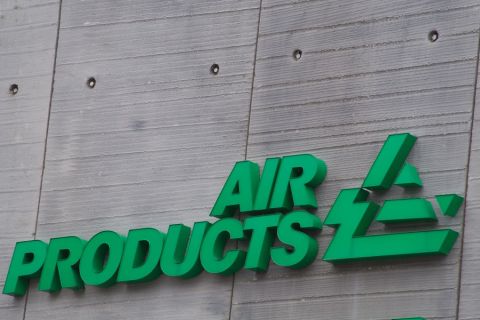Oil stayed within sight of its 2019 high of almost $67 a barrel on Feb. 19, supported by OPEC-led supply cuts although concern about slowing economic growth that would curb demand weighed.
The supply curbs led by the OPEC have helped crude prices to rise more than 20 percent this year. U.S. sanctions against OPEC members Iran and Venezuela have also tightened the market.
Brent crude slipped 28 cents to $66.22 a barrel by 1011 GMT, not far from the 2019 high of $66.83 reached on Monday. U.S. crude was up 54 cents at $56.13.
"The market is slowly regaining its bullish footing, subject to the perception of economic risks tied to U.S.-China trade talks," said Harry Tchilinguirian, global head of commodity markets strategy at BNP Paribas.
Demand-side worries remain the main drag on prices. HSBC Holdings warned on Tuesday that an economic slowdown in China and Britain would throw up further hurdles this year.
More talks between the United States and China to resolve their trade dispute will take place in Washington on Tuesday. Traders said they were cautious on taking large new positions before the outcome of the talks.
"If they falter, we run the risk of sell-offs like we had in December," Tchilinguirian said.
OPEC last week lowered its forecast for growth in world oil demand in 2019 to 1.24 million barrels per day(MMbbl/d) and some analysts believe it could be weaker still.
"Given a continuously uncertain economic picture, our already relatively bearish outlook for 2019 of below 1 million bpd in global oil demand growth may be subject to further downwards revisions," said analysts at JBC Energy.
To stop a buildup of inventories that could weigh on prices, the group of OPEC and non-OPEC producers known as OPEC+ began a new supply cut of 1.2 MMbbl/d on Jan. 1.
Top crude exporter Saudi Arabia has sharply reduced production and exports to ensure that the deal gets off to a strong start.
In keeping with that aim, the kingdom plans to reduce light crude oil supplies to Asian customers for March, two sources with knowledge of the matter said on Feb. 19.
Further providing the oil market with support are U.S. sanctions against exporters Iran and Venezuela.
Venezuela is a major crude supplier to U.S. refineries while Iran is a key exporter to major demand centers in Asia, especially China and India.
Recommended Reading
TPG Adds Lebovitz as Head of Infrastructure for Climate Investing Platform
2024-02-07 - TPG Rise Climate was launched in 2021 to make investments across asset classes in climate solutions globally.
Air Products Sees $15B Hydrogen, Energy Transition Project Backlog
2024-02-07 - Pennsylvania-headquartered Air Products has eight hydrogen projects underway and is targeting an IRR of more than 10%.
NGL Growth Leads Enterprise Product Partners to Strong Fourth Quarter
2024-02-02 - Enterprise Product Partners executives are still waiting to receive final federal approval to go ahead with the company’s Sea Port Terminal Project.
Sherrill to Lead HEP’s Low Carbon Solutions Division
2024-02-06 - Richard Sherill will serve as president of Howard Energy Partners’ low carbon solutions division, while also serving on Talos Energy’s board.
Magnolia Appoints David Khani to Board
2024-02-08 - David Khani’s appointment to Magnolia Oil & Gas’ board as an independent director brings the board’s size to eight members.





